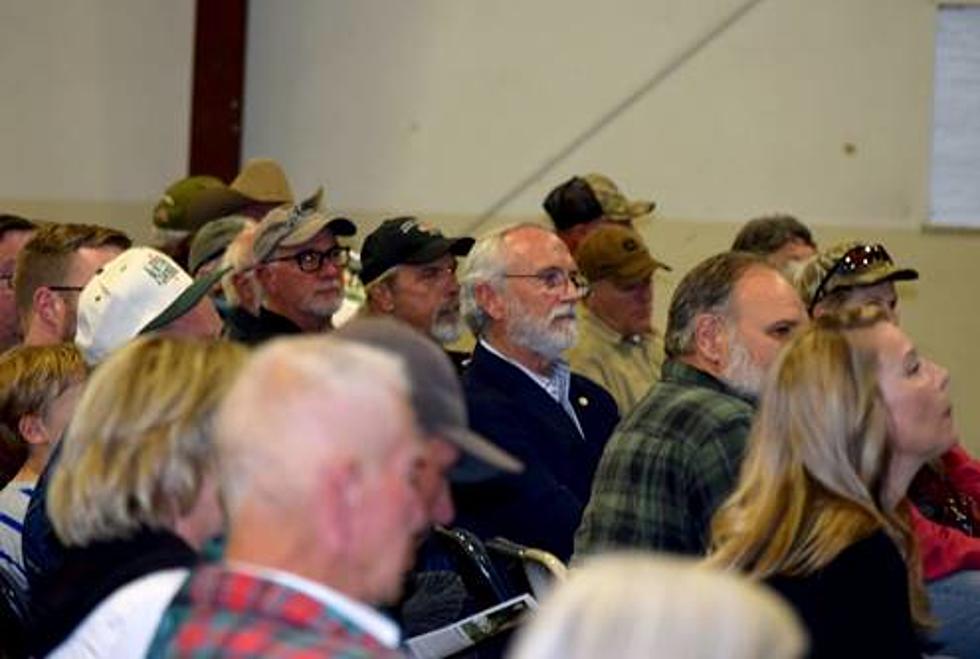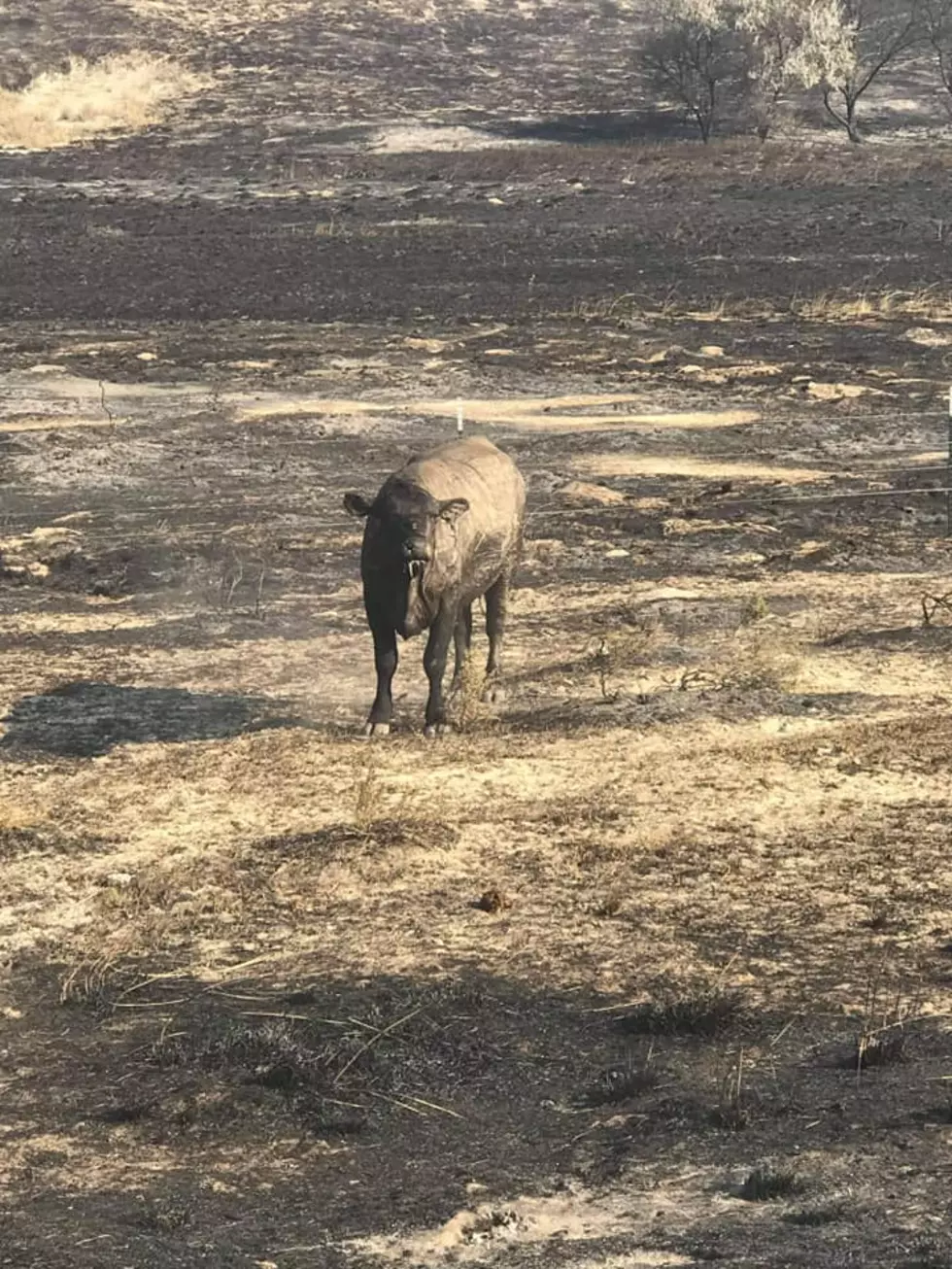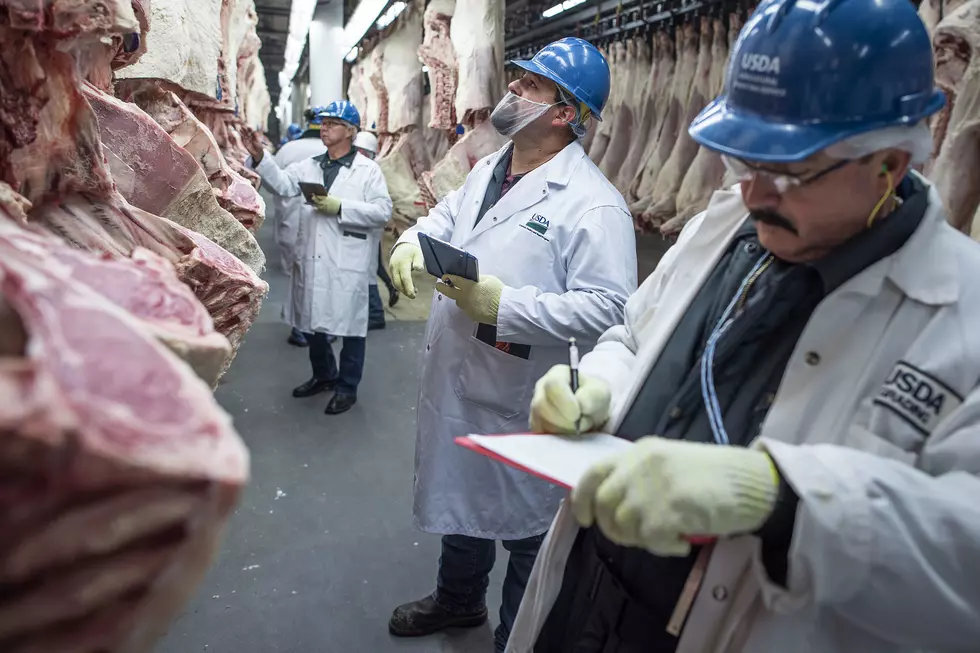
PNW Livestock Organizations Unite To Protest Grizzly Bear Plan
Livestock Organizations Sign Joint Letter to US Fish & Wildlife
This week, livestock organizations in the northwest United States joined together to send a formal letter to the U.S. Fish and Wildlife Service Director Martha Williams, asking the federal organization to not proceed with a plan to introduce an experimental population of grizzly bears to the North Cascade ecosystem.
The letter was jointly signed by the Public Lands Council, the National Cattlemen’s Beef Association, the American Farm Bureau Federation, the American Sheep Industry Association, the Washington Cattlemen’s Association, the Washington Cattle Feeders Association, the Washington Farm Bureau, Washington State Sheep Producers, the Oregon Cattlemen’s Association, the Oregon Farm Bureau, the Idaho Cattle Association, the Idaho Farm Bureau Federation, the Wyoming Stock Growers Association, the Wyoming Farm Bureau Federation, the Montana Stockgrowers Association, and the Montana Farm Bureau Federation.
7 Page Letter Highlights Concerns of Cattle and Sheep Grazers
The leading page of the letter makes it clear that while ranchers enjoy working with state, tribal, and federal groups to manage and sustain wildlife in their region, "grizzly bear conservation presents complex challenges to producers on the ground." The livestock associations move forward to offer comments to illustrate how a grizzly bear population will place a great burden on livestock producers in the North Cascades Ecosystem of Washington.
Letter Claims Grizzly Bear Population is Nonessential
Currently, the grizzly bear is considered endangered in Washington, while federal authorities are moving to delist the species. The letter states:
With all the progress being made species-wide and nationwide, and the increasing pressure from Congress to delist the grizzly bear altogether, establishing another pocket of genetically indistinct bears will only jeopardize future science- based efforts to delist.
The letter goes on to explain that other nearby grizzly bear populations are thriving, and that this new population would add no genetic diversity to the species nationally. It goes on to criticize the proposed target of 200-400 bears in the region, stating that the target "feels particularly arbitrary given that no bears are currently recorded living in the NCE, and we do not have accurate historical records of how many bears were there hundreds of years ago before the explosion of human settlement in the West." The letter also expresses concerns that the USFWS will not continue to make efforts to delist the species.
Threat to Human and Animal Life is a Paramount Concern
The letter goes on to express one of the greatest voiced concerns in the Northern Cascades community - that grizzly bears will pose a significant risk to the lives of ranchers, their communities, and their livestock:
As they become habituated to a reliable meal, whether that comes from the ranch house trash cans, bunks of cattle feed, or calves in the calving pasture, the risk to the safety of livestock producers and their families grows and grows. It is disingenuous at best to suggest, as the Service does throughout this proposal, that the occurrence of conflict between humans and the grizzly bear population is going to be minimal when we don’t actually know how many bears are going to seek out food sources in high-conflict areas and we don’t know if meat is going to make up a negligible amount of their diet or the vast majority of their diet.
The livestock associations highlight that the risk to life by the grizzly bear is already well documented in other "recovery zones". This risk is amplified by the fact that hibernation season ends at the same time that cattle and calves are being released up the mountain for grazing. As one rancher has already testified to Congress, this has forced them to adjust their calving dates earlier during harsher weather, remove pigs and sheep from their production, adding an expensive grizzly bear fence, and using extreme caution when outdoors with their family.
Grizzly Bears Poise Financial Harm to Communities
The livestock associations' letter proceeds to outline some of the possible financial harms to rural communities due to the increased cost of protection and the decreased revenue from producers. Almost 2,300 cattle operations and nearly 500 sheep operations exist in the region of influence for this proposal.
Modelling conducted by the University of Wyoming examined the consequences of removing grazing from federal lands in Idaho, Oregon, and Nevada. Combined, the data set modelled losses on 5,389 active grazing permits that, if removed, would result in a 60 percent decrease in ranch sales, a 50 percent decrease in labor income, a 65 percent decrease in personal income (from $33,940 to $11,812) and billions of dollars in direct economic losses.
These are one of many reasons that Central Washington residents oppose the grizzly bear introduction plan. Washington 4th District Congressman Dan Newhouse has been a vocal opponent to the bill.
You can read the full letter from the livestock associations to the USFWS here (PDF).
LOOK: What black bears want, and how to deter them
Gallery Credit: Mike Brant
Grizzly Bear Attacks and Kills Young Bison, Yellowstone National Park
Gallery Credit: Tammie Toren
More From PNW Ag Network









